The Art of Avian Grooming: Bathing, Preening, and Feather Care

Proper grooming is essential to your bird’s health, comfort, and appearance. In the wild, birds bathe in rain, dew, or shallow water—behaviors that remove dust, debris, and parasites, and keep feathers aligned for efficient flight. As a seasoned avian specialist and behaviorist, I’ve guided hundreds of owners in creating safe, stress‑free grooming routines that replicate these natural processes. Below is an in-depth, step‑by‑step guide to bathing, preening support, and feather maintenance, enriched with professional anecdotes, best‑practice guidelines, and troubleshooting tips.
1. Understanding Natural Grooming Behaviors
Wild birds spend up to 10% of their waking hours preening—using their beaks to align barbules, distribute natural oils, and remove mites and dust. Captive birds retain this instinct but rely on owners to provide suitable bathing options and grooming aids. Proper grooming:
Maintains feather integrity and waterproofing
Stimulates skin and oil gland activity (uropygial gland)
Prevents irritations, bacterial overgrowth, and mites
2. Bathing Techniques
A. Spray‑Misting Method
Equipment: Fine‑mist bottle (ceramic or glass), lukewarm distilled water
Procedure:
Acclimate: Before first spray, let your bird explore the bottle—associate it with treats.
Environment: Choose a towel‑lined area or a removable play gym outside the cage.
Spray: Mist from above and behind, mimicking gentle rainfall. Aim for soft droplets, not a jet stream.
Encourage Preening: After misting, allow your bird to shake off excess water and preen.
B. Shallow Dish Bath
Equipment: Wide, shallow ceramic dish (no higher than 1 cm of water)
Procedure:
Place dish on cage floor or play stand.
Demonstrate by dipping a finger to show shallow water.
Reward any step towards the dish with a small treat.
Gradually increase time as comfort grows.
C. Shower Stall Introduction (Advanced)
Equipment: Enclosed shower space, non‑slip mat, lukewarm water feed
Procedure:
Bring cage door into bathroom—ensure the bird is calm.
Turn on a fine, warm spray from a low pressure setting.
Allow your bird to explore; never force inside the shower.
3. Supporting Preening and Feather Health
Even with regular baths, some birds may develop stuck‑together flight feathers or dry plumage. Support natural oil distribution:
Uropygial Stimulus: Gently stroke the base of tail feathers to encourage oil gland expression.
Cuttlebone Rubbing: Provide cuttlebone mounted at beak level—rubbing stimulates oil production and delivers calcium.
Feather‑Safe Oils: In rare cases of extreme dryness, apply a very small drop of pure, bird‑safe oil (e.g., neem oil diluted 1:10 with distilled water) under veterinary guidance.
4. Feather Mite and Parasite Control
Feather mites and lice can infest even indoor birds, leading to restless preening and irritated skin. Signs include:
Tiny moving dots at feather bases
Excessive scratching or shaking
Intervention Protocol:
Veterinary Diagnosis: Always confirm mite species before treatment.
Topical Treatments: Use vet‑prescribed pyrethrin‑based sprays—apply every 7 days for three cycles.
Environmental Cleaning: Wash cage liners, perches, and toys in hot water weekly.
5. Troubleshooting Common Challenges
Fear of Water: Build confidence by associating the grooming space with favorite treats and positive vocal cues.
Over‑Preening Post‑Bath: Ensure the water droplets are gentle; heavy soaking can distress some species.
Skin Irritation: If you notice redness or flaking, reduce bath frequency and consult a vet.
By integrating these grooming practices into weekly care, you’ll maintain your bird’s radiant plumage, prevent skin issues, and strengthen your bond through calm, positive interactions. Remember: patience, gentle encouragement, and respect for your bird’s pace are the keys to successful grooming.

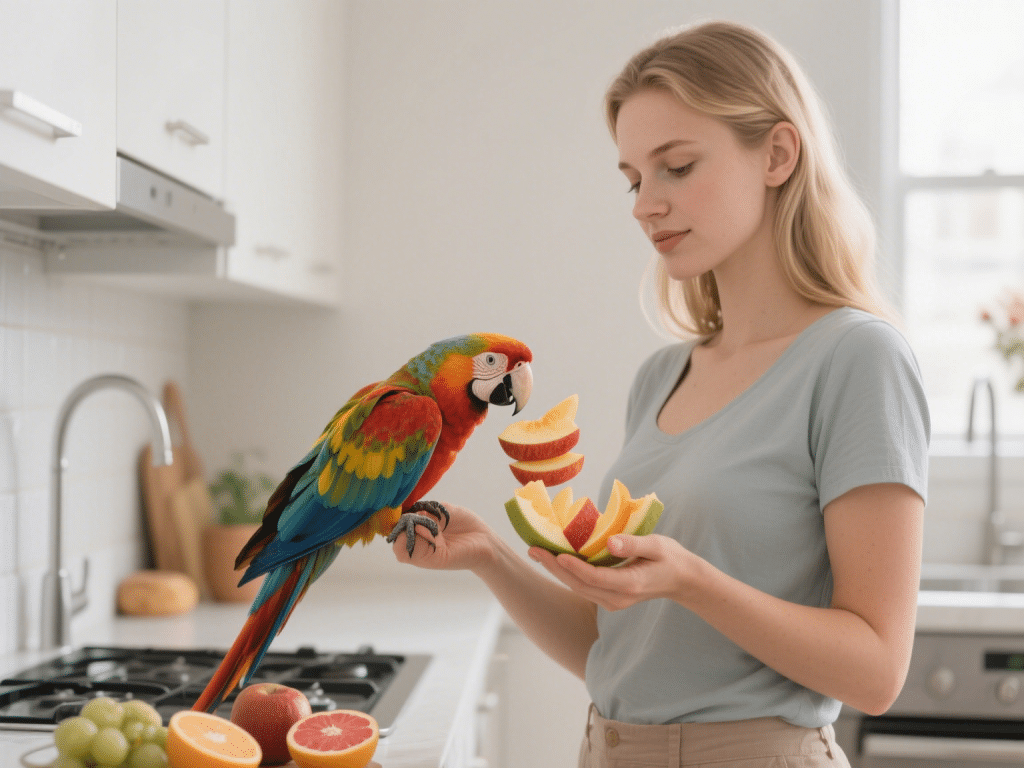
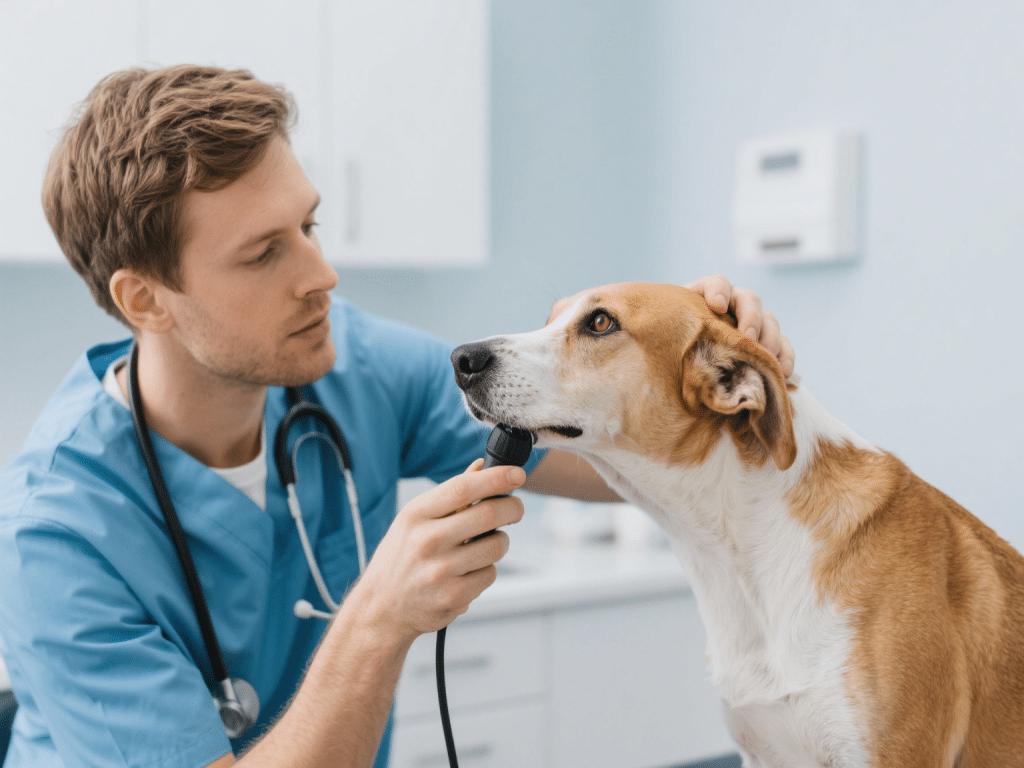
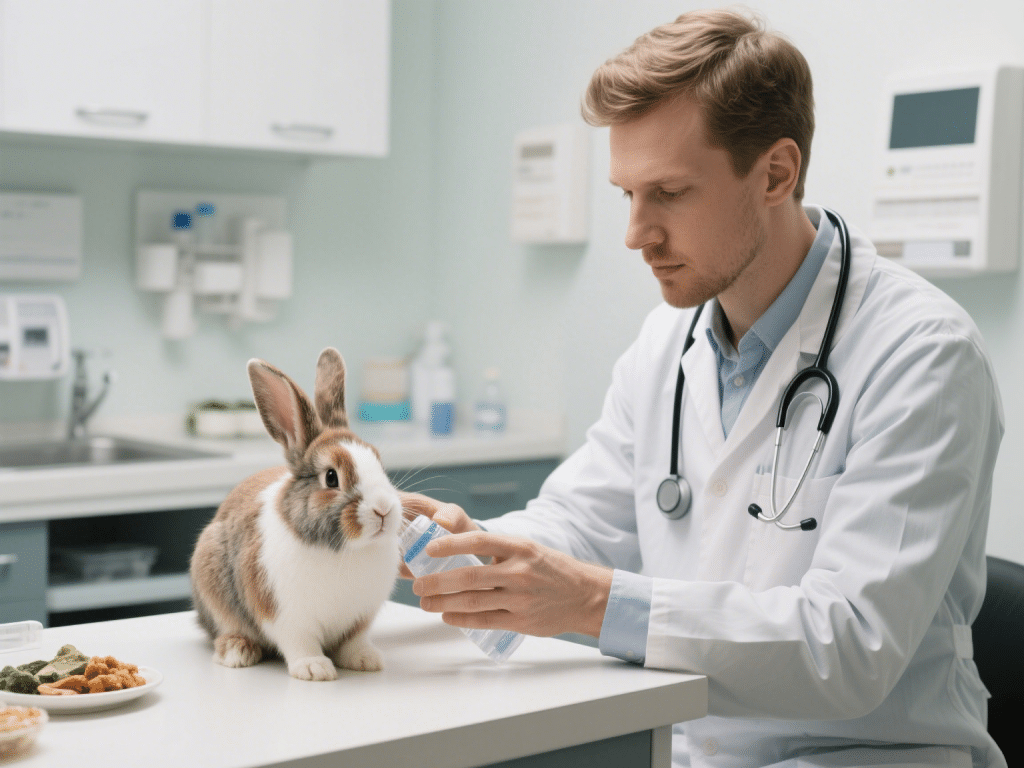
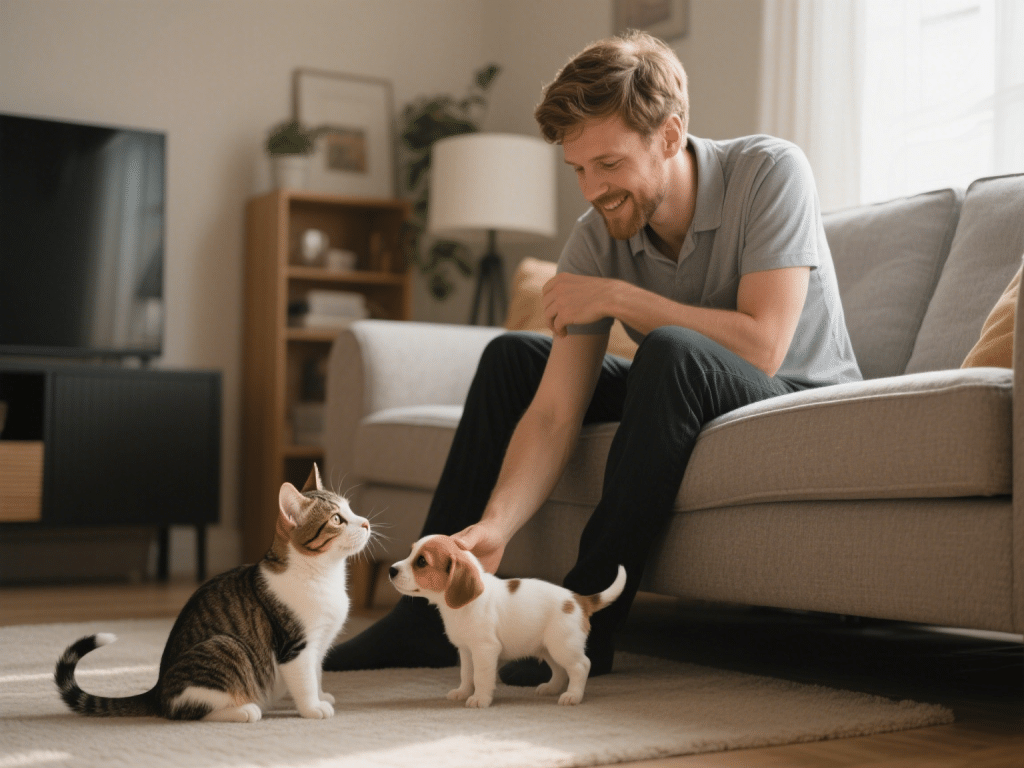
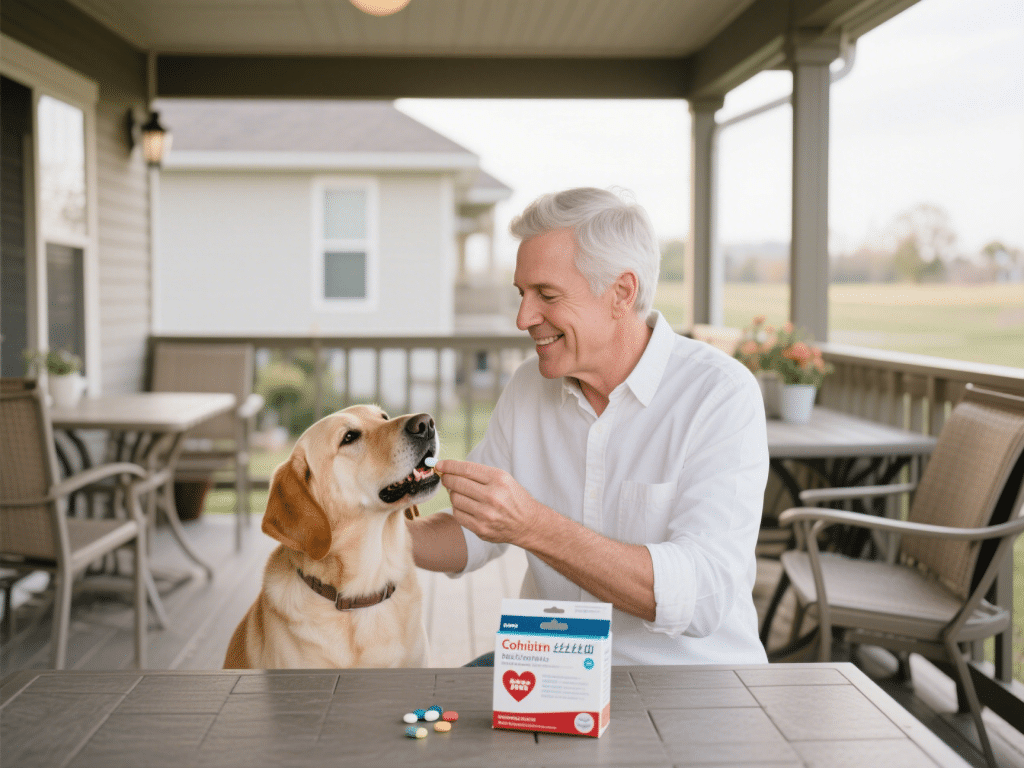
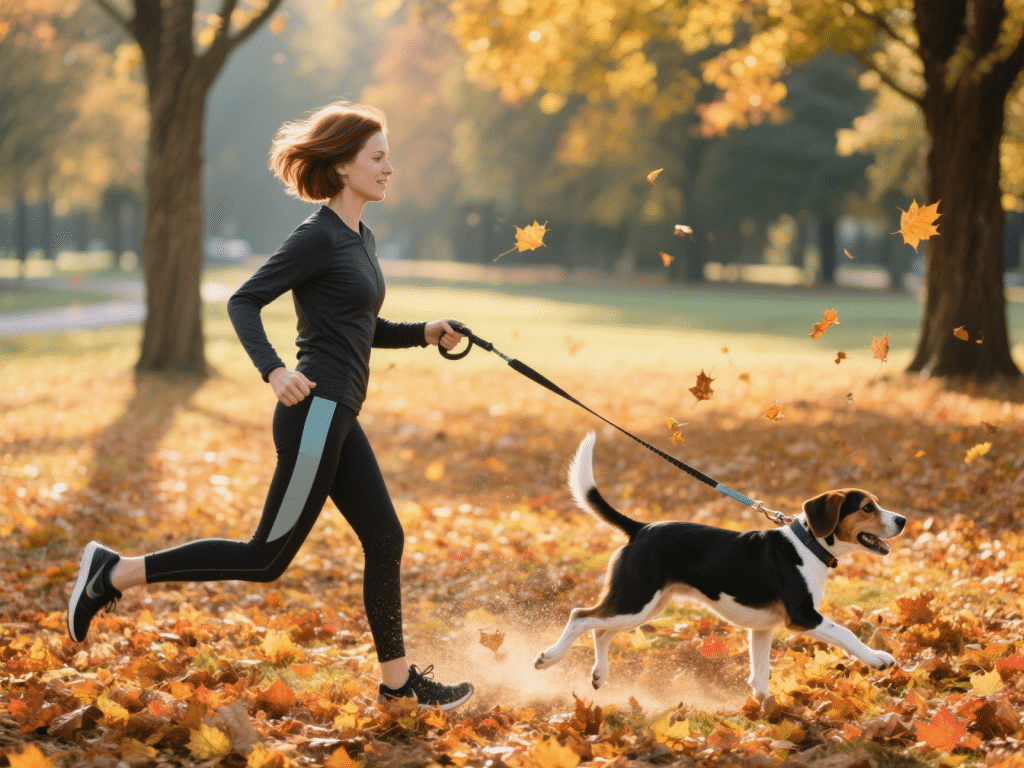
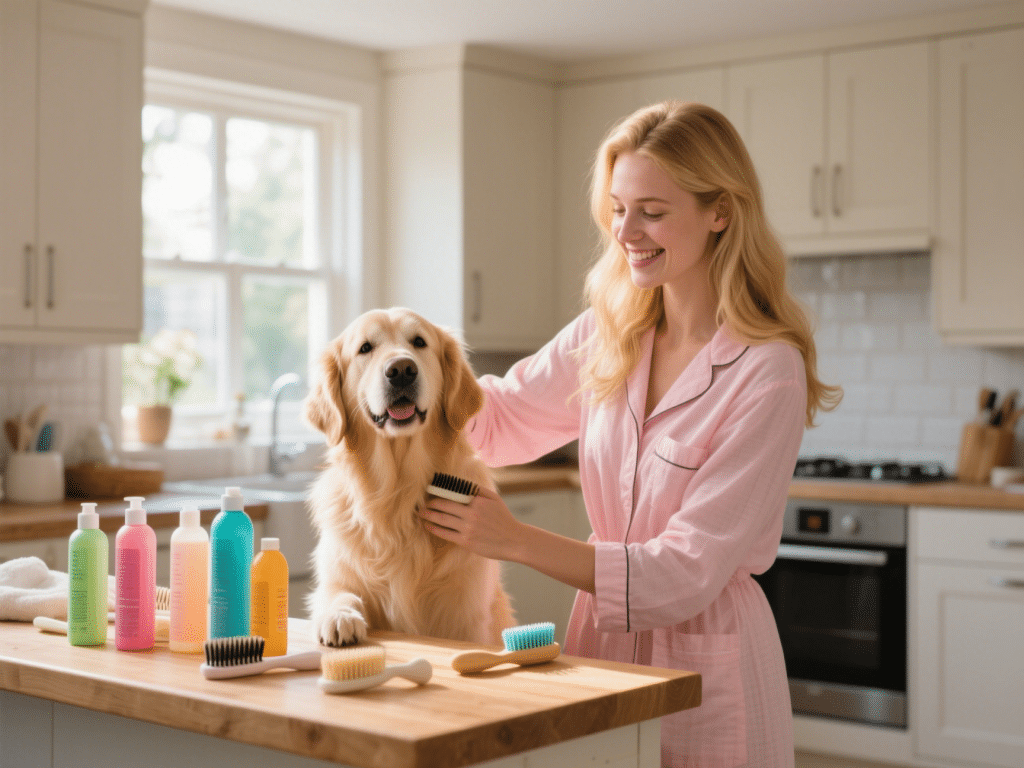
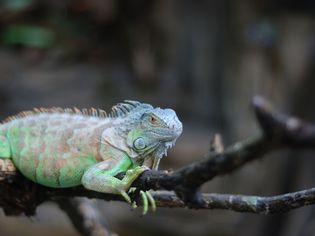
Comments on "The Art of Avian Grooming: Bathing, Preening, and Feather Care" :